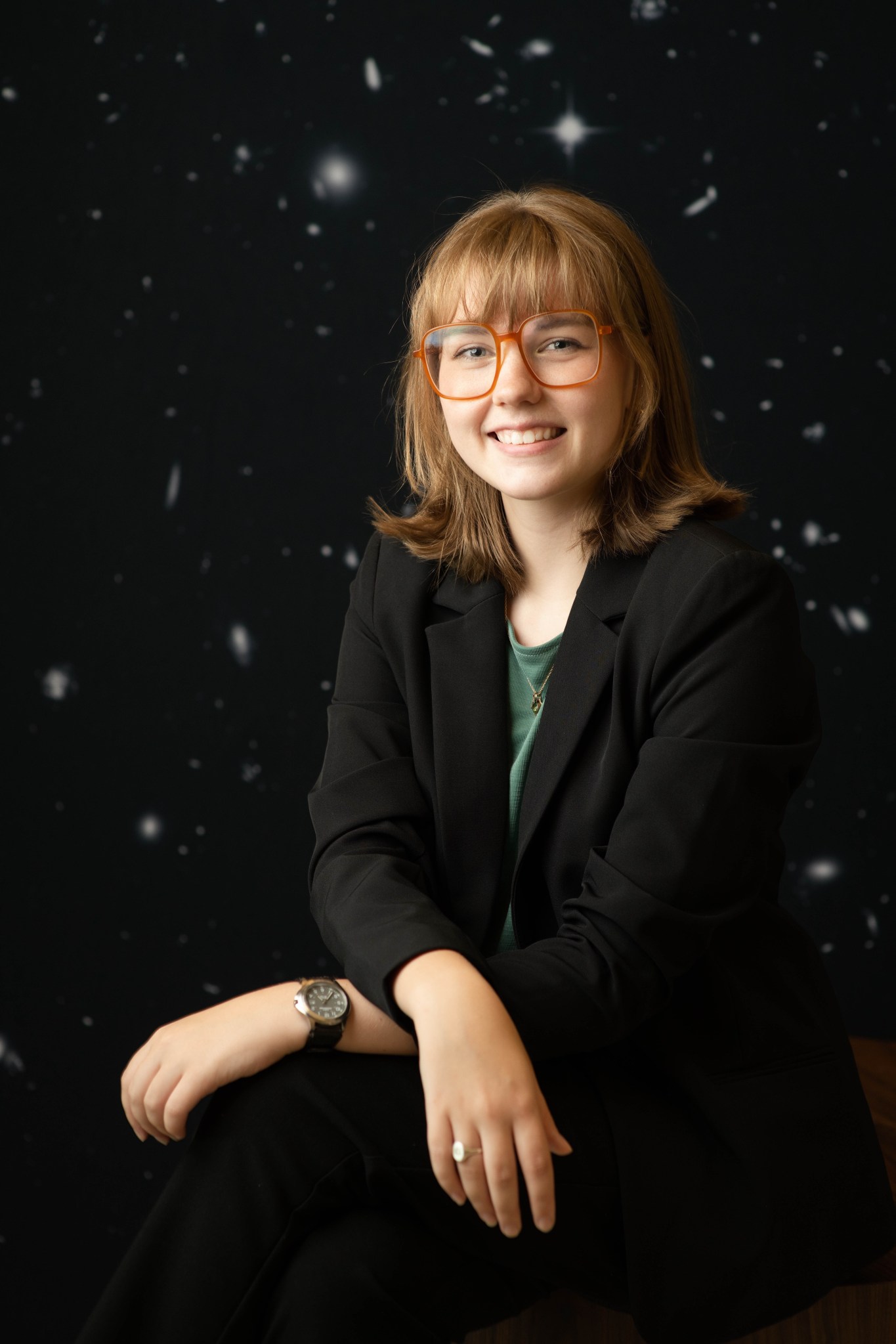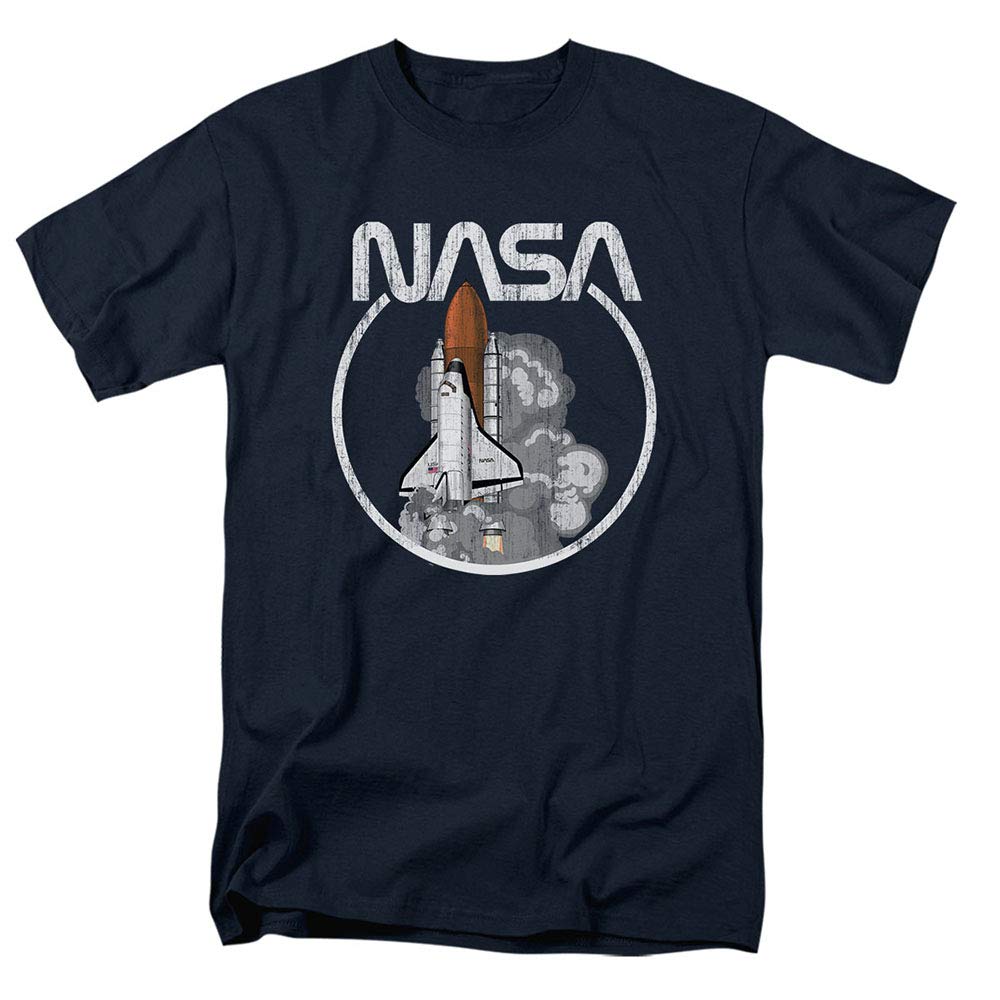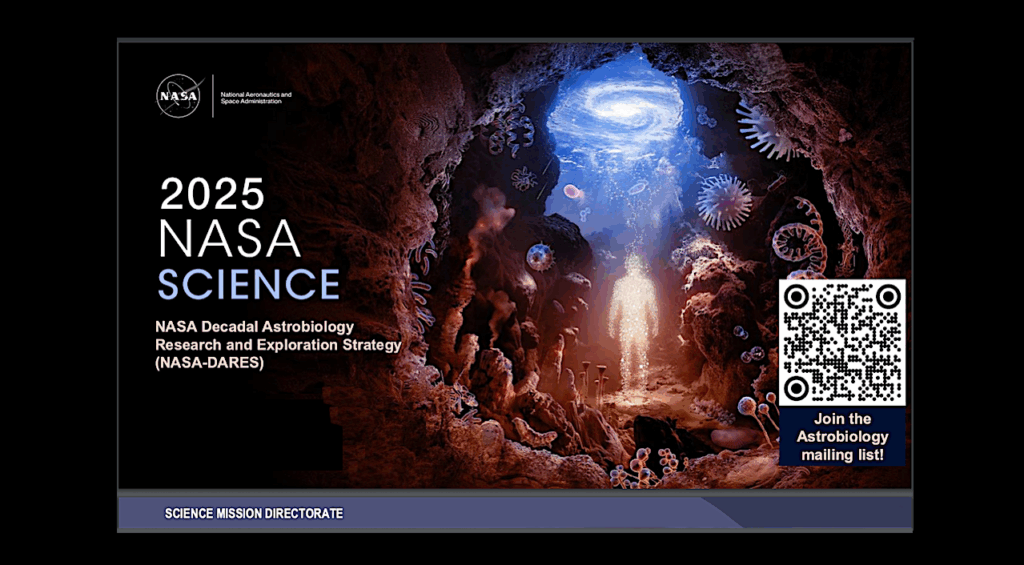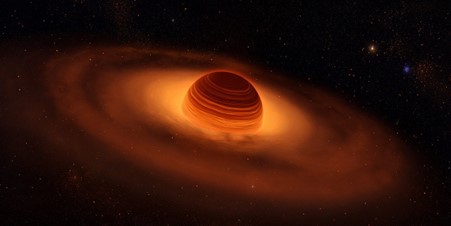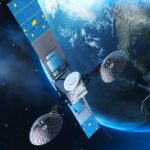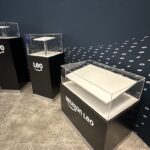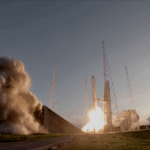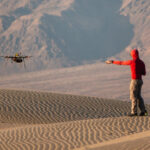Now Reading: Laine Havens: Melding Science and Storytelling
-
01
Laine Havens: Melding Science and Storytelling
Laine Havens: Melding Science and Storytelling
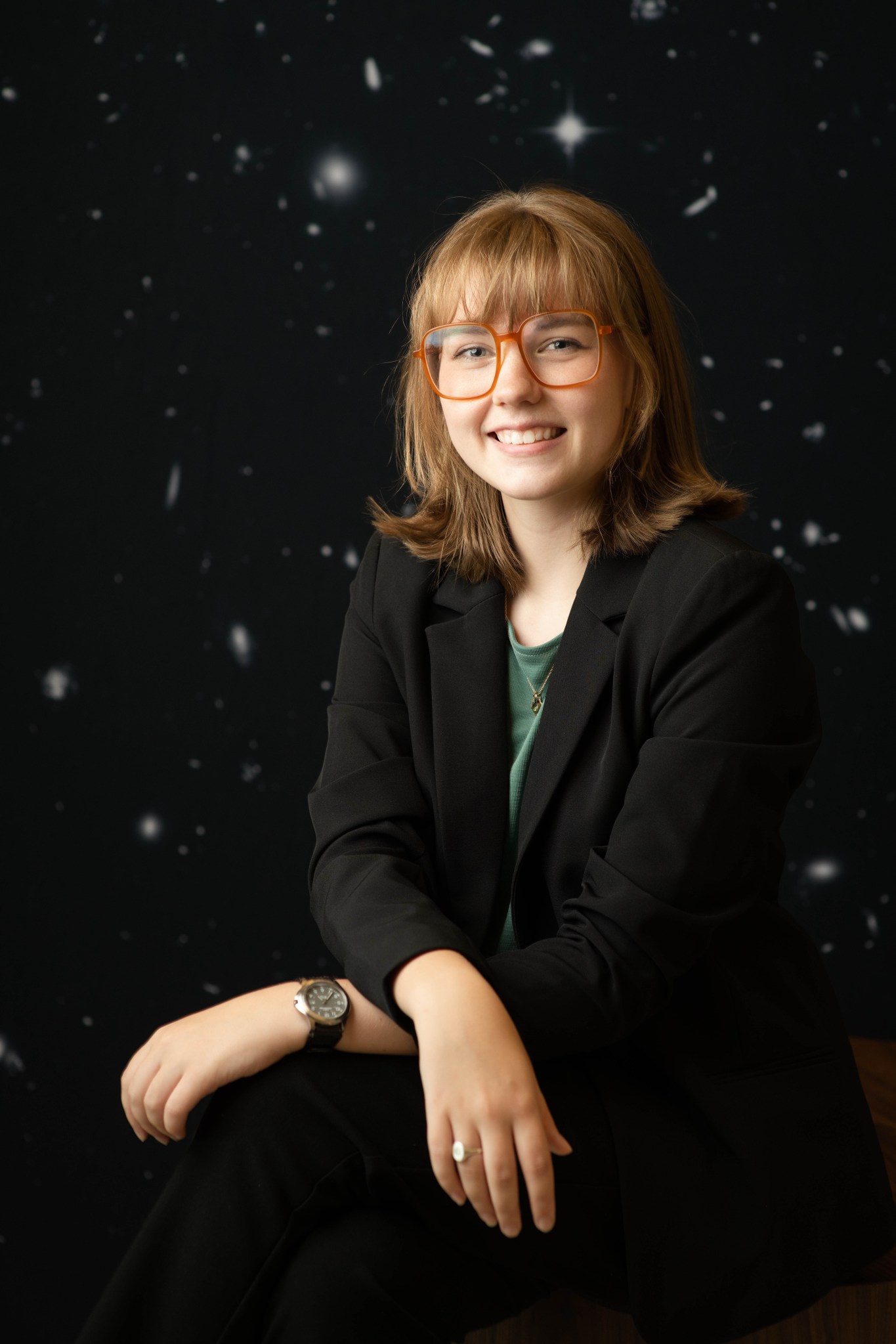
Science Communication Intern – Goddard Space Flight Center
Laine Havens — now a senior at Cornell University and three-time NASA intern — grew up with a deep curiosity about how the universe works and a family that encouraged her to explore it. Throughout her childhood, Laine was immersed in science and exposed to wonderful science communicators by her mother and grandfather.
Her grandfather, a retired Kodak engineer, encouraged inquisition into all matters — whether it be the inner workings of a telescope or an abandoned hornet’s nest. Laine spent summer evenings watching Mythbusters or Cosmos, and her mother’s favorite science podcast soundtracked car trips. Inspired by the likes of Carl Sagan, Laine originally intended to become a scientist.
“I fell in love with physics in high school,” she says. “I figured I would study it in college all the way through to a Ph.D.”
Laine enrolled at Cornell and originally majored in physics as planned. But then she discovered an even more exciting option serendipitously while browsing an academic catalog: science and technology studies.
“I was scrolling through looking for a different class, but then I saw science and technology studies and began reading more about what it involved,” Laine says. “It was all about studying science — the philosophy of what it is, and how it interacts with social, political, ethical, and historical dimensions.”
Seeing the new program made Laine realize she could connect her love for critical analysis with her interest in science. She changed her program to a double-major in science and technology studies and astronomy, resolving to not only study and communicate science but to better understand the factors that influence it.

Laine began by working as a science writer at her university’s student-run newspaper, The Cornell Daily Sun, where she later became the science editor. Meanwhile, she volunteered with The Physics Bus — basically a mini science museum on wheels with experiments for kids — and the Free Science Workshop, an after school program offering kids an opportunity to build things or craft using all sorts of materials and gadgets.
“When you first hear about physics there’s a huge stigma, so we aimed to expose kids to it at a young age so they would associate it with fun,” Laine says.
During her junior year, Laine started searching for science communication internships and found one at NASA’s Goddard Space Flight Center in Greenbelt, Maryland. She applied and was accepted to one focusing on NASA’s upcoming Nancy Grace Roman Space Telescope. Following her first internship, Laine came back for two more with the same team.
“Every day here at NASA is inspiring,” Laine says. “I’ve learned so much about both hard and soft skills involved in science communication.”
During her first internship, Laine leaned into her background as a science writer to cover engineering milestones and craft a Tumblr post that walks readers through the universe’s different stages. She also produced videos, including one about Goddard’s biggest clean room.
“Everybody let me take that and run,” Laine says. “I got to write the script, host the video, and edit it.” The video, which garnered millions of views on social media, was the first of several Laine created to engage NASA’s traditional audience while drawing in others who don’t typically follow NASA or science very closely.

Throughout her internships, Laine also led tours to teach people more about Roman, helped manage a celebrity visit with John Rhys-Davies, wrote Roman team member profiles, helped gather drone footage, contributed to the release of the NASA documentary Cosmic Dawn, emceed an intern day event, and supported Live Shots — short, live TV interviews with NASA experts.
“It’s been cool to see a different side of things,” Laine says. “I ultimately want to keep doing what I’ve been doing, but also become engaged in how to make it better — the science of science communication.”
To others who are interested in interning at NASA, Laine recommends speaking up.
“Just ask people things, whether it’s for help or an opportunity,” she says. “Sometimes you don’t want to impose or risk looking dumb, but for the most part everyone wants to help you and see you succeed. I’m very grateful to the Roman team for making it feel like a safe space where I could speak up.”

Sometimes that meant pitching ideas that were ultimately rejected, but that still provided an opportunity for discussion. “Not everything works, but in talking about it you might think of something else that does work,” she says. “There’s no consequence to it, because either way you’re learning something from it — either from the process of seeing it through or figuring out why you can’t do it.”
The same advice applies to securing an internship in the first place.
“Don’t be afraid to advocate for yourself,” Laine says. “If you find something you love, you can’t wait for it to happen on its own — you have to decide to go for it and find a way to make it happen.”
By Ashley Balzer
NASA’s Goddard Space Flight Center, Greenbelt, Md.
Share
Details
Related Terms
Stay Informed With the Latest & Most Important News
Previous Post
Next Post
-
 012024 in Review: Highlights from NASA in Silicon Valley
012024 in Review: Highlights from NASA in Silicon Valley -
 02Panasonic Leica Summilux DG 15mm f/1.7 ASPH review
02Panasonic Leica Summilux DG 15mm f/1.7 ASPH review -
 03From Polymerization-Enabled Folding and Assembly to Chemical Evolution: Key Processes for Emergence of Functional Polymers in the Origin of Life
03From Polymerization-Enabled Folding and Assembly to Chemical Evolution: Key Processes for Emergence of Functional Polymers in the Origin of Life -
 04How New NASA, India Earth Satellite NISAR Will See Earth
04How New NASA, India Earth Satellite NISAR Will See Earth -
 05And Thus Begins A New Year For Life On Earth
05And Thus Begins A New Year For Life On Earth -
 06Astronomy Activation Ambassadors: A New Era
06Astronomy Activation Ambassadors: A New Era -
07SpaceX launch surge helps set new global launch record in 2024


